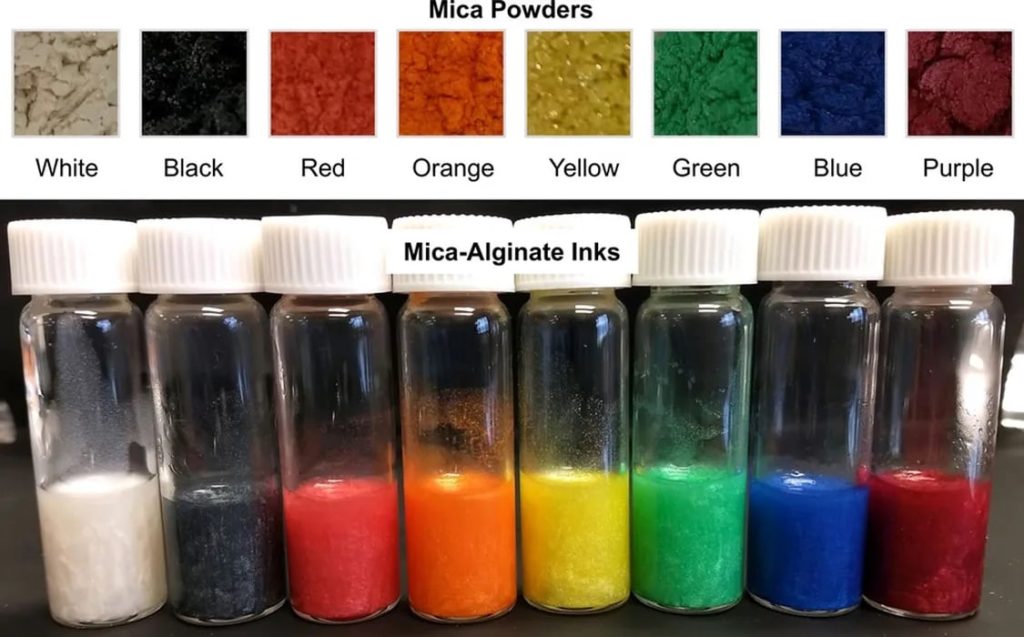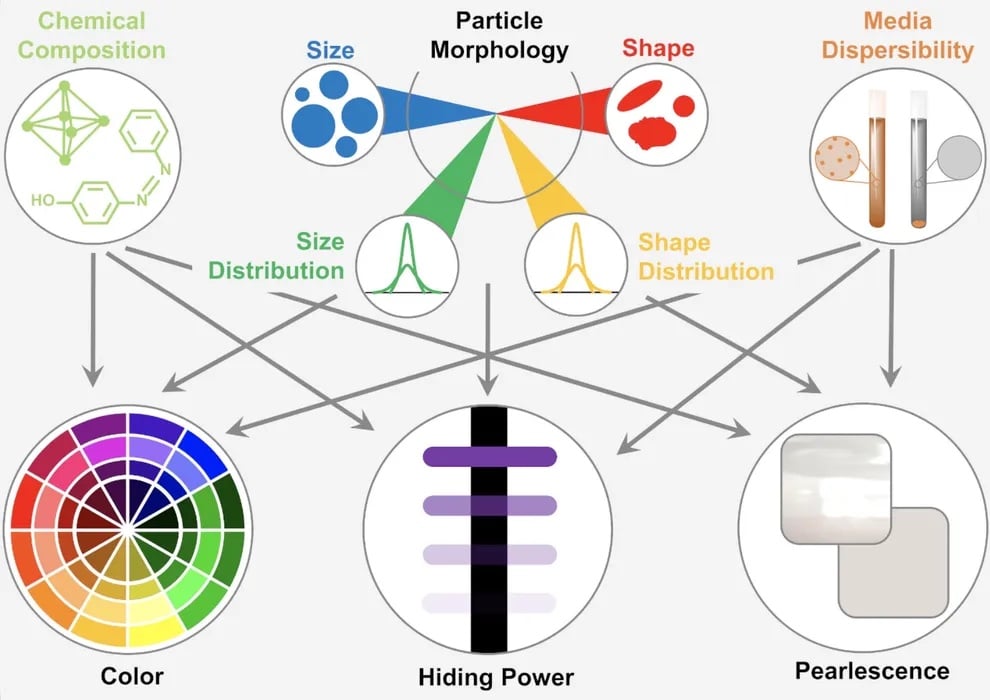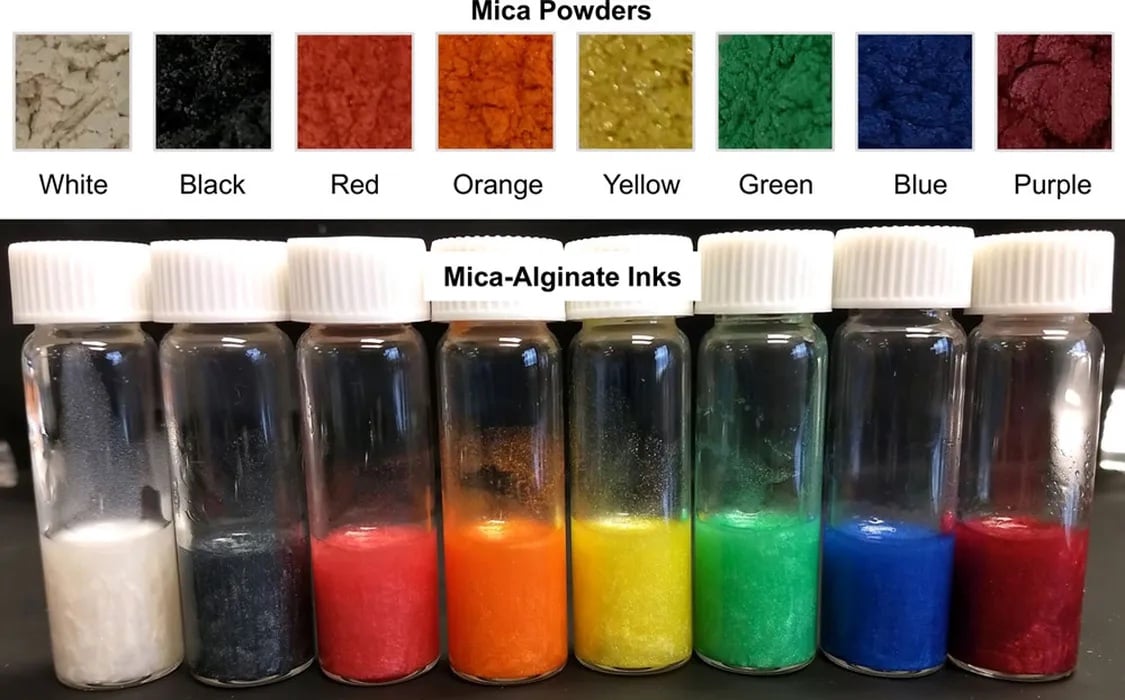
Researchers at the Pacific Northwest National Laboratory have developed a highly unusual 3D print material.
The researchers were concerned with bioinks. These are materials not normally used in conventional 3D printers, but instead are typically used in bioprinters to produce tissue samples or other medical applications. Bioprinters use syringe-like mechanisms to squirt out tiny quantities of bioinks to form scaffolds, on which are grown living cells.
That technology has been around for years, and occupies a kind of “separate 3D universe” from the typical 3D printing we usually write about at Fabbaloo. Nevertheless, it is a form of 3D printing that is gradually becoming much more important.
The work undertaken by the PNNL researchers in this project was quite different however, and has nothing whatsoever to do with the healthcare industry.
Instead they explored whether bioinks could be used for 3D printing artwork.
What? This is such an unusual proposition that I had to read the story and paper more than once to truly get what they were attempting.
While it’s entirely possible to 3D print artwork on conventional 3D printers, the researchers sought to broaden the possibilities by using bioink to 3D print art pieces.
They chose alginate as their base medium, a material derived from seaweed in a sustainable manner. This commonly available, non-toxic substance can “solidify” into a “gum like material” when exposed to calcium in a syringe-powered 3D printer, or what we would call a bioprinter.

However, art depends greatly on the availability of colors, and that’s where the complexity of this research truly appears. They investigated different methods of producing vibrant colors in the alginate.
They found mica colorants could indeed provide the necessary visual color appearance for the alginate bioink. They examined the various properties of the prototype bioink materials, including opacity, metallic, pearlescent features.
They say they can formulate any desired color with an appropriate combination of ingredients, making it theoretically possible to produce bioinks of any artistic color.
They also found their technique for 3D printing to be viable, as the alginate material was shelf-stable for periods at least as long as one month.
Their conclusion:
“We concluded that the physicochemical properties of mica colorants were optimized to provide vibrant color, moderate hiding power, and maximum pearlescence. We also detailed the compatibility of mica colorants with alginate as a binding medium, where alginate served as a superior mica dispersant compared to water and provided shelf-stable dispersions that could be prepared in advance for later use. Our bioinks were vibrantly colored with moderate hiding power while also demonstrating their utility to print 2D and 3D structures by tuning the consistency of the ink based on the needs of the artist. Thus, we conclude that our new, mica-doped alginate bioinks can be utilized as effective media to produce diverse forms of art.”
Their paper is quite comprehensive and covers all aspects of the process. I encourage anyone interested to read it in full at the ACS link below.
The question now is whether artists could adopt this utterly new approach to 3D printed artwork. I’d be interested in hearing from any artist or design readers who have thoughts on this development.
Are these new materials available, if you happen to have a bioprinter in which to use them? Yes, it turns out that PNNL is commercializing the materials and if anyone is interested, they should contact them through the links below.

